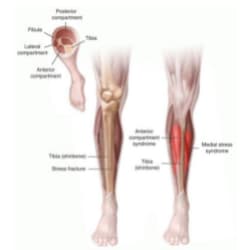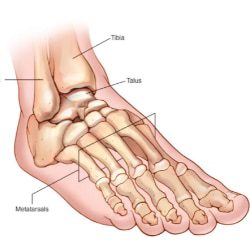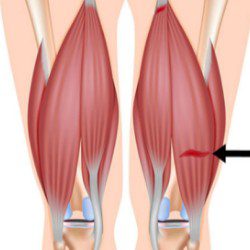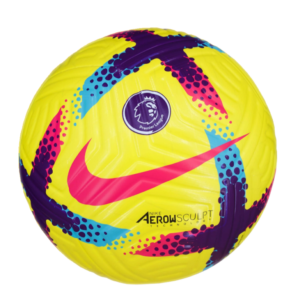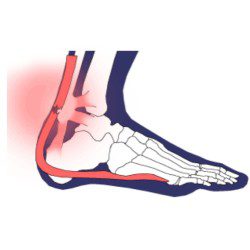
Achilles tendonitis
Achilles tendonitis is the inflammation and irritation of your Achilles tendon, a strong, fibrous cord that connects the muscles in the back of your calf to your heel bone.
This tendon is active when you walk, run, jump or push up on your toes. Achilles tendonitis usually causes pain, stiffness, and loss of strength in the affected area. You may have more pain and stiffness during the night or when you get up in the morning, and/or increased pain as you continue to exert your Achilles tendon. Your Achilles tendonitis physician may also notice the area is tender, red, warm, or swollen if there is inflammation.
How Did It Happen?
Achilles tendonitis is caused by overuse and/or intense strain on the Achilles tendon. Your Achilles tendonitis physician likely treats many soccer players and other athletes for this injury due to the repetitive action and abrupt movements they endure. A tendon injury can happen suddenly or little by little. You are more likely to have a sudden injury if the tendon has been weakened over time. Common sports-specific causes of Achilles tendonitis include:
- Over-training or unaccustomed use (i.e. too much too soon)
- Sudden change in training surface
- Overly tight hamstring and calf muscles
- Poorly supportive footwear
- Running on an incline
- Poor strength in muscles
What Can I Do To Prevent It?
Any good Achilles tendonitis physician will tell you that the best way to prevent the condition is by strategically training to develop the strength and flexibility necessary for your sport-specific movements. Tendons become stronger when placed under gradually increasing amounts of stress, but too much too soon will overload the tendon.
You may also condition your Achilles tendon for the soccer season through plyometric exercise and eccentric loading. Plyometric exercises include quick loading and releasing of energy, as in jumping, hopping, and agility work. Eccentric loading is a strategy that strengthens the tissue while lengthening, which is important for shock-absorption and controlling motion at the rear-foot when landing.
Finally, soccer players (and all sports participants) should properly warm-up prior to every training session and game. Dynamic warm-up exercises, such as squat-jumps in place can be effective in warming up the Achilles Tendon and lowering the risk of injury. Ultimately, the better prepared the tissue is, the lower the risk of injury.
How Can An Achilles Tendinitis Physician Help?
Should symptoms occur, your Achilles tendonitis physician will initiate treatment immediately in order to halt progression and prevent further injury. Some treatment possibilities include:
- Partial or complete immobilization to reduce stress on the tissue and allow proper healing.
- Cold packs (15 – 20 min) or ice massage (5 min) to reduce swelling in and around the tendon.
- Stretching to improve flexibility through the calf.
- Proper footwear with orthotics or heel-cups to improve the mechanics at the mid and rear-foot.
- Physical therapy to improve the strength of ankle – stabilizing muscles and at your hip and core.
Grassroots football players experiencing pain or tingling in the achilles tendon should consult their physicians right away to help determine contributing factors.

